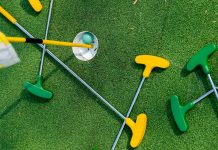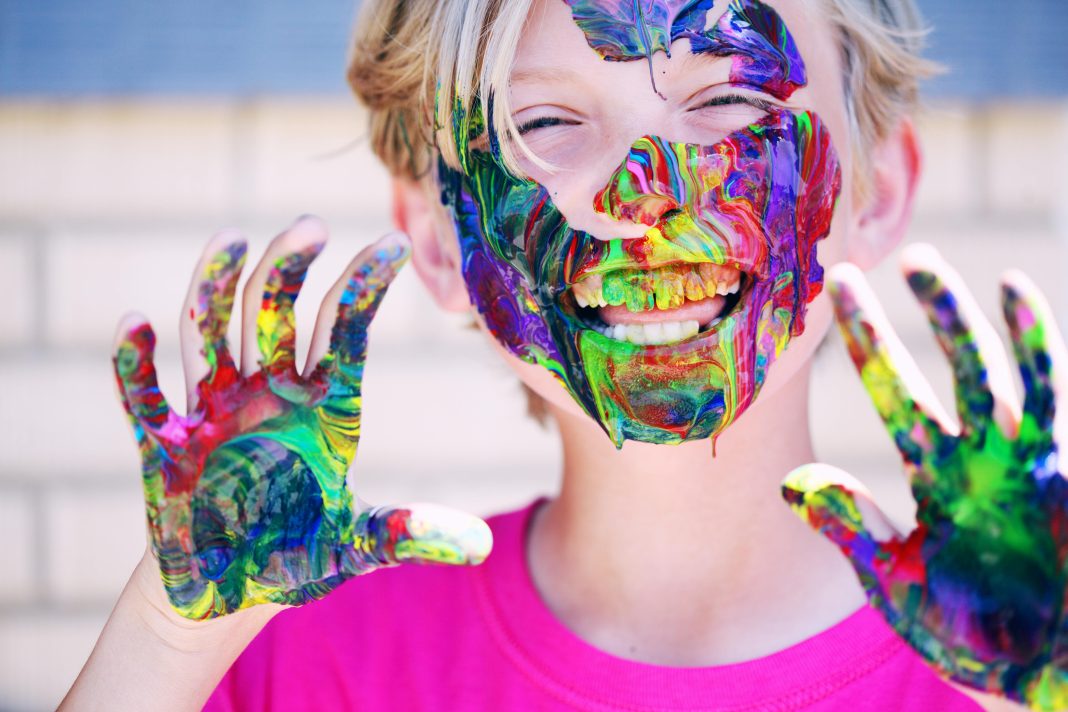The structured learning environment of formal schooling helps kids hone their cognitive skills more quickly, supports their holistic development and prepares them for more complex subjects later in life. Although the merits of elementary and middle schools are almost universal, children can expand their learning outside the classroom. Which is why it’s up to us, parents, to come up with educational resources that they can do to continue the learning.
Why is it important to build experience outside of the classroom?
Building experience outside the classroom is important because school-aged kids can interact with the world around them. It exposes them to social issues, compels them to think critically and shapes their worldview.
As a parent, you should provide apt resources to give your child an educational leg up and nurture their psychological processes — sensation, perception, attention, learning and memory. Occupying a child’s thoughts with constructive activities helps them mentally mature and refrain from detrimental habits.
What can students learn outside the classroom?
Children spend most of their waking hours outside their school’s premises. Every interaction or event outside their teacher’s supervision is a teachable moment, contributing to their development.
With age-appropriate resources, grade-schoolers can continue learning what they study in the classroom more extensively at home — an environment without formal education’s structural rigidity, pressure from competition and preoccupation with standardized assessments. After-school activities give kids more latitude in exploring the world and understanding its wonders at their own pace.
Curricula don’t limit what children can learn outside the classroom. As a mother, you can encourage your little one to pursue the interests and hobbies they enjoy and teach them practical skills to build their confidence.
5 educational resources
Learning resources come in various forms, each with a unique educational purpose. Children’s interests change with age. Resources that engage kids in kindergarten and elementary school usually differ from those of middle schoolers, so choose mindfully.
K-5th grade
Fiction books, outdoor free play, and home decor elements with facts about various subjects can sustain your young one’s learning experience outside the classroom.
-
Books
Children’s stories help kids develop empathy and theory of mind, self-regulate and satisfy their need for closure. Nonfiction titles are a treasure trove of information, but younger readers may find them challenging due to their limited vocabulary.
Regarding fiction, start with the classics such as:
- “Arabel and Mortimer Stories” by Joan Aiken
- “Charlotte’s Web” by E.B. White
- “Finn Family Moomintroll” by Tove Jansson
- “Kiki’s Delivery Service” by Eiko Kadono
- “Mrs. Pepperpot Stories” by Alf Prøysen
- “The Little Prince” by Antoine de Saint-Exupéry
- “The Velveteen Rabbit” by Margery Williams
- “The Wind in the Willows” by Kenneth Grahame
- “The Worst Witch” by Jill Murphy
If your town has a local library, maximize its children’s collection to have a regular supply of stories without cluttering your bookshelves at home. Also, choose print books over digital ones. Allow your kiddo to read the old-fashioned way to protect them from blue light’s dangers and minimize their screen time.
-
Outdoor games
Boost your children’s holistic health with outdoor play. Interacting with other kids isn’t without downsides — such as bullying and verbal abuse — but keeping your child from socializing may stunt their mental development. By playing outside with kids their age, your young one can learn to:
- Communicate with others
- Forge friendships
- Develop greater self-awareness
- Appreciate the outdoors
- Use all senses
- Be independent
- Reflect on experiences
- Build resilience
- Broaden their horizons
About nine in 10 children over 2 play video games. Yet, playing too much can negatively affect your kid’s physical health and socialization skills. Make it a mission to encourage outdoor play as early as possible to promote experiential learning without being sedentary.
-
Home decorations
Turn your home into a house of knowledge with educational decorative items. Teach your child about the alphabet, numbers, basic shapes, colors, emotions, directions, the weather, and days and months of the year with posters and tapestries.
Moreover, to familiarize your child with other living things, use zoological wallpaper embellished with farm animals, woodland creatures and marine life. You can also put glow-in-the-dark stickers on your kid’s bedroom ceiling to recreate the solar system.
Educational home decorations are memory aids. The more often your little one sees them, the more they can recall.
6th-8th grade
Children’s magazines and streaming services with kid-friendly content can capture the imaginations of sixth, seventh and eighth graders.
-
Magazines
Introduce more advanced subjects to your kiddo with educational publications. Some popular magazines, including TIME, National Geographic and Sports Illustrated, have kids’ editions. Letting them consume the work of these trusted media organizations can expand their vocabulary, expose them to riveting age-appropriate stories and give them their first taste of quality journalism.
If your child could use more practice with math, check out magazines like Scholastic MATH and MPower! Math Magazine, which makes math fun through games and problem-solving activities.
-
Streaming services
Subscribe to streaming platforms that focus on well-produced, educative shows. If you can’t stop your child from touching an electronic device, you should feed them media with high educational value.
Curiosity Stream is arguably the best premium alternative to YouTube, offering original content. It’s for audiences of all ages, but enabling Kids Mode filters out inappropriate shows for young children.
NASA+, PBS Kids, Kanopy and Sensical, Disney+, Amazon Kids+ and Discover+ also offer educational shows for children.
Limit screen time to one hour daily and balance this sedentary activity with more active ones to round out your child’s learning experience.
Make the world your kid’s one big classroom
Your child will continue learning with or without your guidance. Considering the number of negative influences in the world today, you want to maximize all educational resources available to give your kid a better chance for success. With these resources in mind, you can create one giant summer bucket list for all your kids!
Just remember to keep it fun! The most learning happens when kids are playing.





















